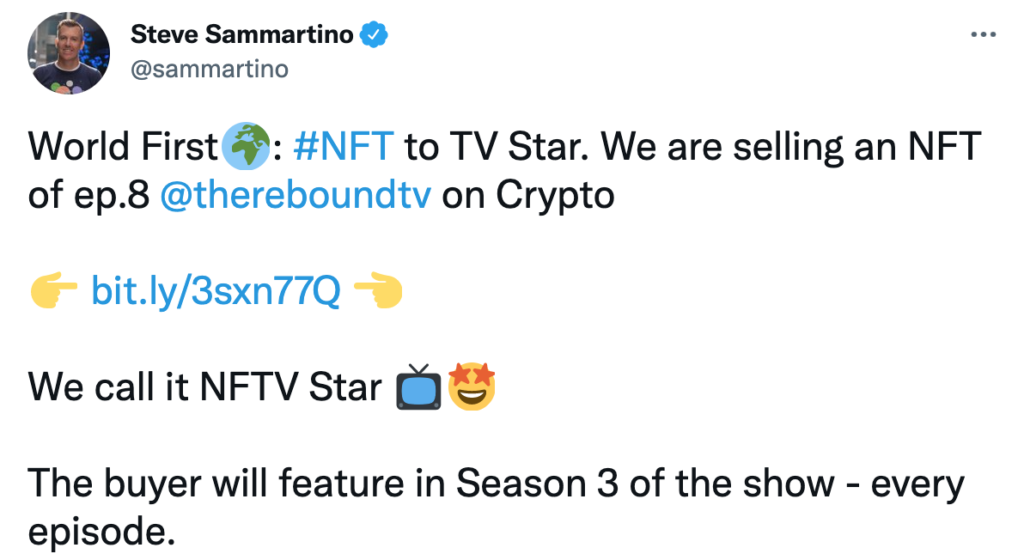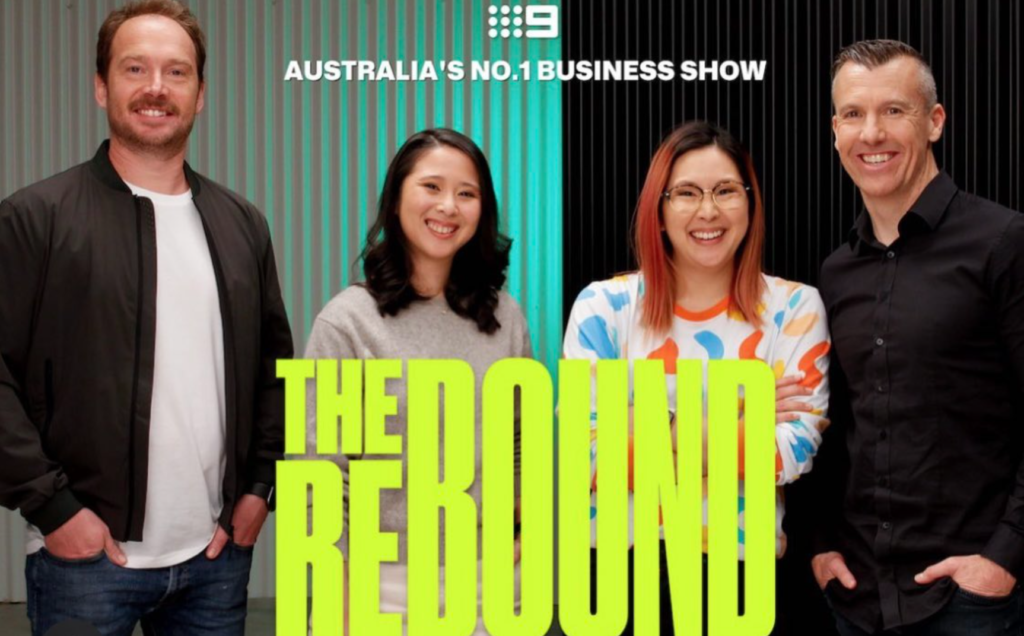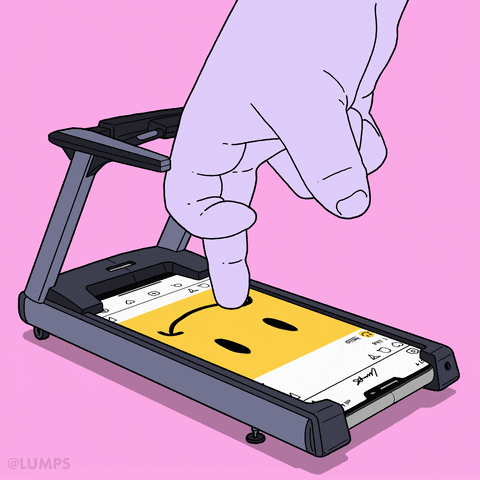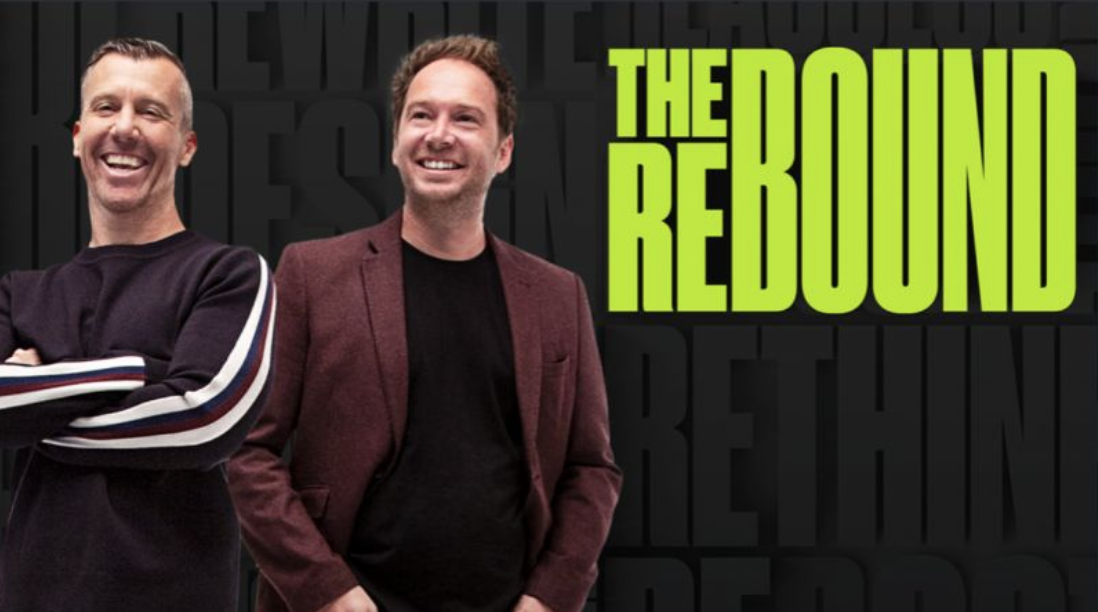
So here it is: my latest world first! As part of The Rebound TV show, we are selling the final episode of Series Two as an NFT. This is the first ever Australian TV show to be sold as an NFT.
Here’s the kicker: The winning bidder of this NFT will also become part of the next series of The Rebound. We call it NFT to TV Star! We will mentor them in their business or career, as part of the Accelerator programme on Series Three and broadcast nationally in Australia. This NFT will be someone’s ticket to TV stardom and a new financial trajectory.

You can buy this NFT on Rarible.com – check out the NFT here. Heck, why not bid on it? At the time of writing, it’s a mere 10% of 1 Ether (around $323 USD). I’d love to have one of my readers win it and come on the show – that’d be rad.
As you may know, NFTs are tokens of digital assets. The cool part is that you can attach other entitlements to these tokens – all of which are verifiable on the Ethereum blockchain. In this case, the buyer wins the token to our Crypto episode, as well as the right to actually appear on the show. But it doesn’t end there. The person who buys it can sell the NFT to someone else, or even a company looking to promote their business (a TV show would be a pretty good place to do that). So the NFT could also become a traded asset that increases in value before a smart contract is executed against it.
Bonus: You can buy this experimental NFT gif here. It also comes with an hour long mentoring session from me or Tommy. I have already sold four of these this week. Only one is left! I have listed it at a very reasonable price of 0.01 Ether (around $30, the minimum listing price). It’s a good way to dip your toe in the water to experiment with the tech and learn – which is what I did. Get on it and chat NFT / future stuff with me!
This is a nice example of how we can better use digital assets by attaching real physical things and future contracts to them. The world is getting increasingly meta. This means the most important asset isn’t the technology itself, but how we apply our imagination to it.
Keep Thinking,
Steve.
– – –





